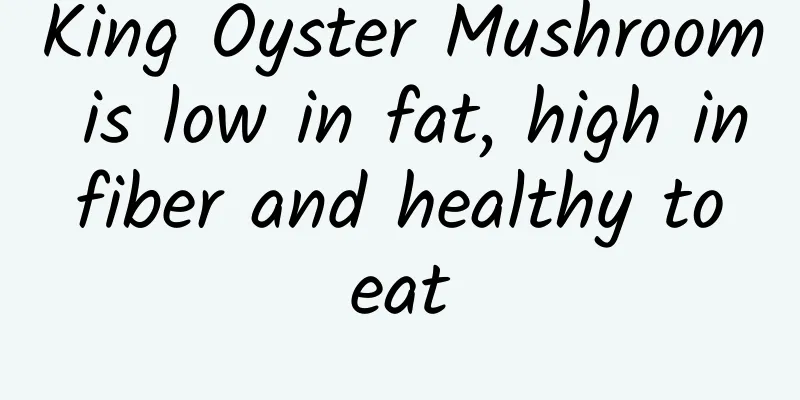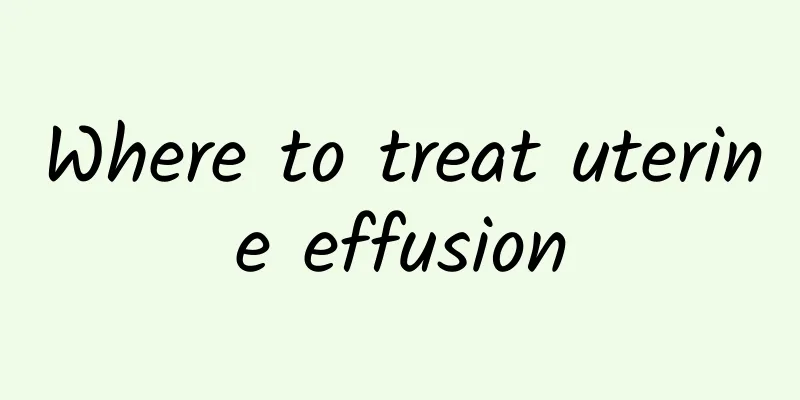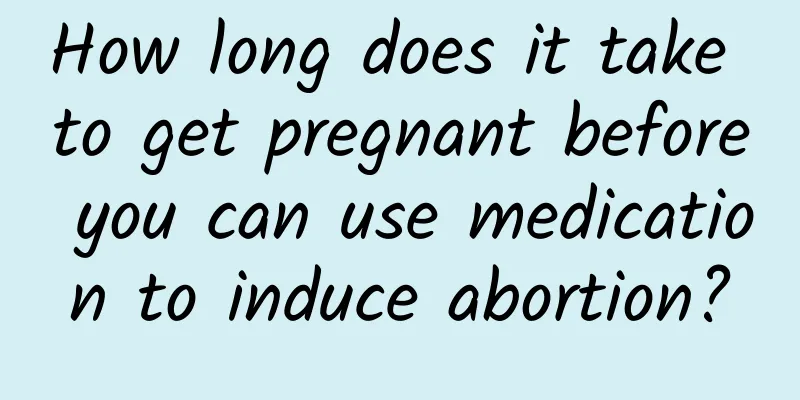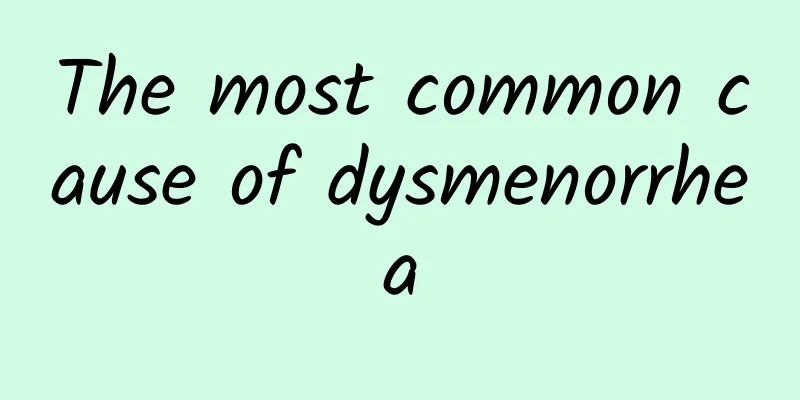Improve metabolism and reduce the burden on the liver first. 2. Dietary focus to help the body start repairing power
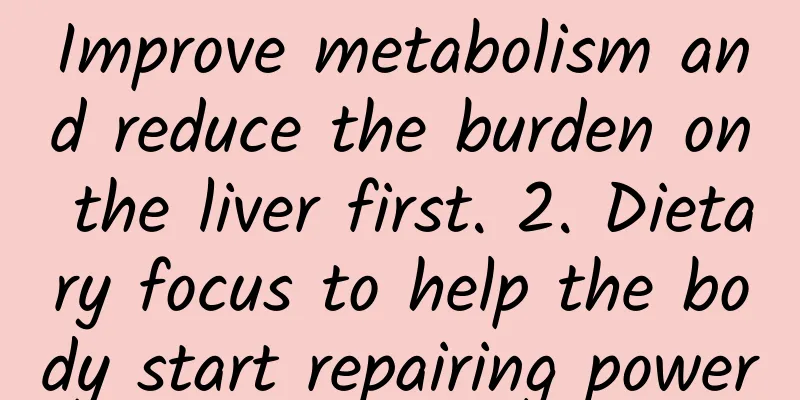
|
Heal your liver The liver is like a superstar. A blocked liver means poor metabolism, but if you do the right thing, your liver can be healed. In this chapter, I will explain the requirements for liver healing and teach you how to achieve your goals using a four-week diet. Now let me explain the science behind the Metabolism Reset Diet. Here are two important steps to unblock a blocked liver: Step 1: Liver Repair Diet ・High conjugation ・Low fuel Step 2: Reset your body ・Pay off your sleep debt ・Micro-exercise Step 1: Liver Repair Diet High conjugation "Conjugation" means "change of part of speech", which means "connection" or "joining". In order to excrete fat and toxins, your liver needs nutrients that can bind to each other. The liver cleans itself using two phases: priming and engagement. Imagine a mining operation where the goal is to get coal out of the ground. First you have to break the coal off the surface of the wall, then pile the coal onto a cart and push it out. In the activation phase, the waste undergoes "activation" or chemical changes to create bonding forces, and this is the stage where the body chisels the coal from the wall. During the conjugation process, certain nutrients will wrap up the waste, allowing it to be excreted smoothly without causing any trouble, just like loading coal into a wheelbarrow. The protagonists of the bonding stage are amino acids, the special performances are phytonutrients, and the supporting role is dietary fiber. The more your liver has to detoxify, the faster the process will go. But there's a problem. Many substances speed up the initiation process rather than the engagement process—caffeine, alcohol, environmental chemicals, to name a few—and often do so too quickly for the engagement process to keep up. This is the main reason why fasting may not be an effective detoxification method. Fasting does force waste products out of their storage locations, but because the liver does not have enough raw materials to work with, the waste products usually leave the tissues and return to the bloodstream. At this point the waste will backtrack to your liver and even travel to your brain. A diet high in phytonutrients can improve the liver's ability to eliminate waste and process food more efficiently. The most effective way to help the inactivity phase of the startup phase is to eat cruciferous vegetables such as broccoli, cauliflower, and cabbage, combined with vegetables from the Umbelliferae family, such as carrots, celery, and parsnips. A woman's liver will respond better to the foods listed above than a man's liver. In addition, some healthy foods can also promote the pace of maturation and enhance the liver's internal defenses such as NrF2 and glutathione, including fish, turmeric, tomatoes, papaya, garlic, onions, carrots, grapes, and soy products. Eat fiber? Not eating fiber? We often think of fiber as just one type, but fiber is actually a catch-all category. When it comes to fiber, it's important to know that type matters, just like with any other component of your diet. Your gut flora needs to absorb different types of fiber. The total amount of fiber is important, but new research shows that fiber diversity is equally important. The Metabolic Reset Diet provides a wide variety of fiber, including all fiber-rich plant foods: beans, whole grains, nuts, seeds, vegetables, and fruits. Remember that bonding requires amino acids from protein. You can get the amino acids that the liver can't make on its own from any protein-rich food. Superstars in the bonding world include poultry, pumpkin seeds, mollusks, lentils, mung beans, sunflower seeds, and white beans. The Metabolism Resetting Diet provides you with a large amount of conjugating factors from food sources to help remove waste products that are clogging your liver. Low fuel Since all fuel is processed by the liver, the REW Diet uses a low-fuel formula to create room for triglycerides. Once you've made room for the triglycerides, you can break down the fat tissue again. By fuel I mean any combination of carbs, fats, or ketones. I prefer the term “fuel” over “calories” here because not all calories are created equal, the liver processes protein and resistant starch differently than it does fats and carbs, and I think there’s too much focus on the tug-of-war between carbs, fats, and ketones, and when it comes to liver overload, all three fuels should be considered the same. fuel? Or just calories? Calories are probably the most polarizing of all the calories we consume. In fact, when subjects ate too many calories in a control setting, they gained weight, while when they ate too few calories, they lost weight, regardless of the source of the calories. Calories are indeed real, but the source of calories cannot accurately predict each person's weight. In sufficient quantities, you can gain weight simply by eating fresh greens, wild-caught salmon, and organic blueberries, which is what bears eat before hibernation each year. Let me offer one more piece of evidence that illustrates the power of calories. As long as you control your calories, eating Oreos, Doritos, and Twinkies can help you lose weight, reverse diabetes, and lower your blood pressure. But please note that no one knows whether this way of eating is good or bad for the body in the long run. Compared to the benefits of weight loss, who knows whether the chemicals you casually consume may cause more harm? The subtleties of calories There is no one-size-fits-all model for calories because everyone's metabolism is different, and there are also factors to consider, such as the role of protein and resistant starch. The metabolic variation is of two types: error in predicted metabolic rate and range of metabolic flexibility. Your basal metabolic rate (BMR) is the number of calories your body burns each day to maintain body temperature and basic maintenance. For people who are less than eight hours active per day, this is the main source of their calorie burn, and BMR is mainly determined by your net weight, gender, age, etc. You can estimate your BMR or measure it. I have witnessed BMRs that vary three times across the measured range for people of the same size, gender, and age. People with the lowest BMR claim to be those who don't eat much but have gained weight, while people with the highest BMR claim to be those who eat a lot but are thin. Metabolism also varies in metabolic flexibility, which allows you to maintain a stable weight and keep your body functioning normally, regardless of how much fuel you take in from food and how much fuel you expend through physical activity. Net calories are the calories you have left after subtracting the calories you consume from physical activity or exercise. Assuming you consume 1,800 calories and burn 200 calories through activity, your net calorie intake for the day is 1,600 calories (1,800 - 200 = 1,600). This article is from Gao Baoshu's book "Good liver, good metabolism, and weight loss: 28 days to restructure metabolism, reduce liver burden, and effectively lose weight and stop gaining weight again" |
Recommend
Simple mild symptoms of cervicitis
Simple mild symptoms of cervicitis: In daily life...
Causes of adnexitis
The occurrence of adnexitis is mainly related to ...
How to treat vulvar itching and swelling
How to treat vulvar itching and swelling? Vulvar ...
How much does it cost to check for Bartholinitis?
Bartholinitis is a common type of Bartholinitis, ...
How to recover quickly from threatened abortion
Women of childbearing age will basically delay ch...
Reasons for delayed menstruation in women
Reasons for delayed menstruation in women: If a w...
Hidden dangers of long-term untreated irregular menstruation
What are the hazards of irregular menstruation? A...
What complications can cervicitis cause?
If cervicitis is not treated in time, it may caus...
How to diagnose vulvar leukoplakia?
Did you know that leukoplakia of the vulva has be...
Why does uterine fibroids have low T2 signal? What does uterine fibroids have low T2 signal?
Why do uterine fibroids show low signal in T2 seq...
What are the examination items for pathological amenorrhea?
Pathological amenorrhea is a type of amenorrhea. ...
How much does it cost to completely cure chocolate cyst?
How much does it cost to completely cure chocolat...
Where to treat cervical warts
The occurrence of cervical warts is affected by p...
How to Abort an Ectopic Pregnancy
How to abort an ectopic pregnancy? 1. The medical...
What are the late symptoms of habitual miscarriage? What tests are needed?
Many women can conceive easily, but may suffer mi...



